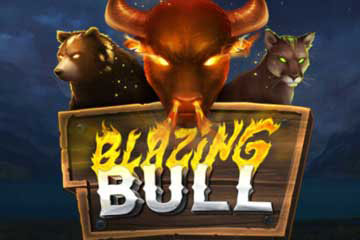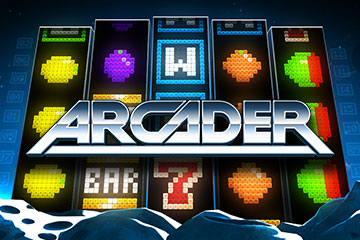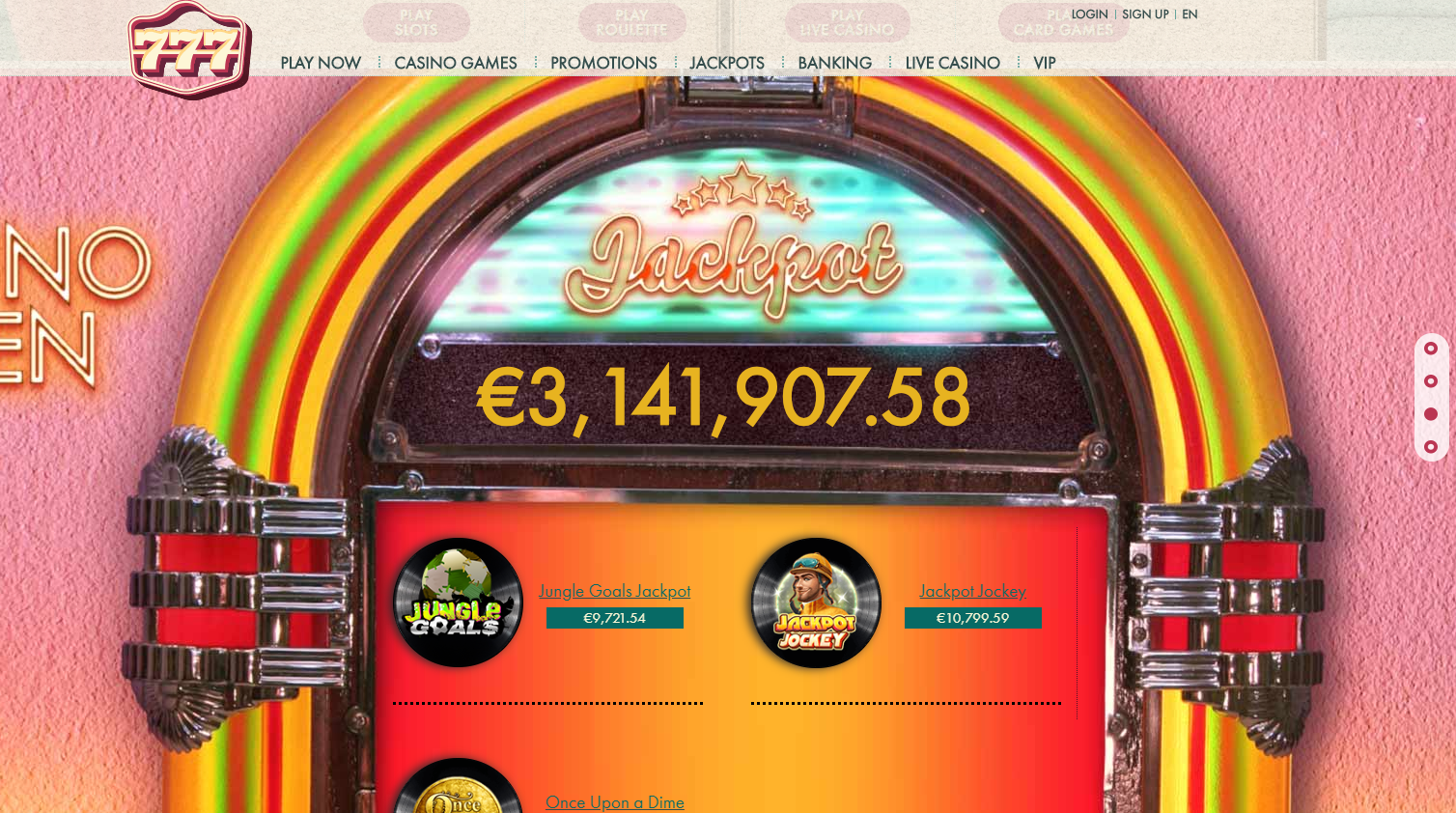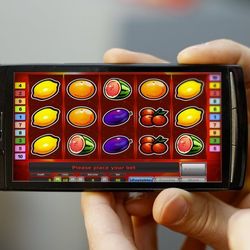Omaha is best thought of as the little brother of Texas Hold’em. The game appeared in Las Vegas, in Nevada, in the beginning on the nineties and was called Omaha to highlight the features of it if compared to its elder brother. In the seventies Omaha was played in some states, where a player would receive four cards, which is double the amount in Hold’em. Omaha Poker, too, has five rounds, and the goal is to assemble the winning hand.
There are various types of bets, and the game can be:
- Limit-only – when the bet size can’t go above a set value;
- With pot-limit – when the range of the bets can’t exceed the pot, or of the common bank;
- No limit – in this case, the range of bets can only be limited by the resources available to the player;

Pre-flop
The minimal pot is assembled just like in Texas Hold’em. There’re traditional blinds (with a small blind being worth half a bet, and a large blind being worth a bet) made by the players in position to the left of the croupier.
In the beginning of the game each player is given four cards, which he has to keep face down. An option to drop the cards is there, but everyone else, who continues to play, place the bets starting from the shoote: the gambler that placed the large blind. The smallest bet size is again limited to the big blind, afterwards the bets could go up (raise, or in case of a double raise – re-raise), or be equal to the previous blind (call). The player leaving the game passes the betting. The round can be repeated up to three times depending on the bet sizes.
Flop – what's on the table?
Croupier deals three cards closed. The flop is there for all players. After the cards are placed on the table, the second round starts. The outcomes are similar as follows. After the end of this round, the main part of the game begins.
Turn – middle of the game
During this stage another card is dealt, and the next round of betting starts. If the bet size is limited, then the size of the risk taken can be doubled.
River
Once the last card is dealt, this is when things get interesting, as there are four cards that each player has, and another five are on the table. This means that the total number of combinations is quite high. The large number of cards also makes it difficult to analyse the cards on hands, and this adds to the tension.
Showdown – time to win
During the final stage of the game, each player has to assemble one of the winning combinations using the two cards from preflop and three from the table, making the best of choices available. The player with the highest combination wins and gets the pot.




